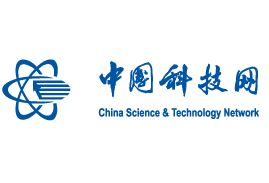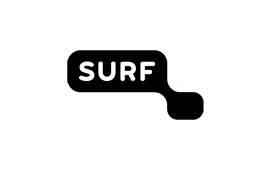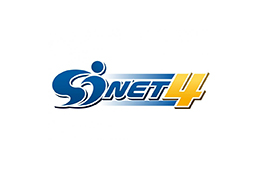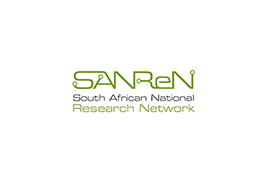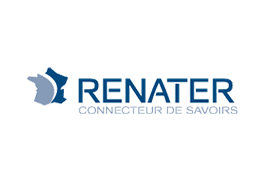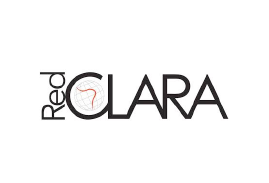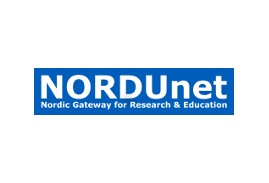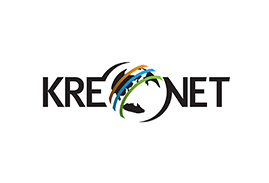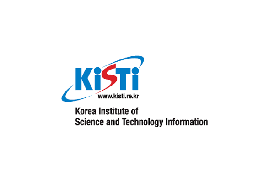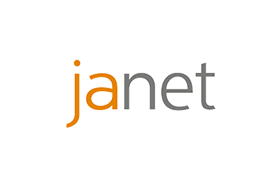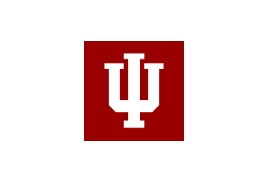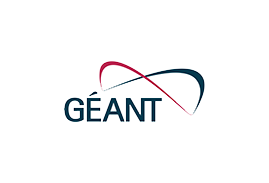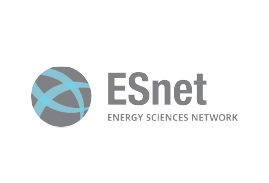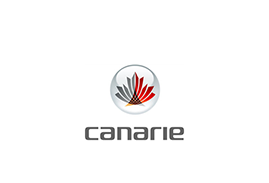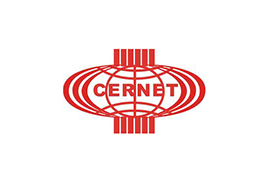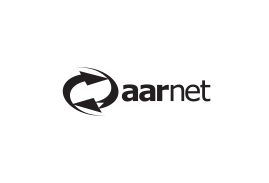account_balance
Routing
Network owners and users need to ensure data is moving over the research and education (R&E) circuits correctly so that data transfers are performing well. Experience has shown that adding or removing capacity can have unexpected routing results that are difficult to detect automatically and impossible to correct without coordination. The anomalous flows can be identified fairly easily with current tools, but it is still challenging to work across the R&E networking community to adjust the erroneous paths, which can be complicated due to the overall number of organizations involved. However, this type of routing problem is prevalent and growing as more capacity along different routes is added, and we expect this issue is one many NRENs will need to address in order to maintain a robust, reliable, high-speed global R&E network.
Some of the problems with R&E data transfers and routes include:
- Data taking a longer route than necessary e.g. unnecessarily crossing oceans;
- Traffic taking an unexpected route e.g. hitting two routers in a single exchange point, before and after passing through a third (likely unnecessary) exchange point; and
- Traffic being routed over commercial capacity instead of remaining on R&E capacity.
Objectives:
- Promotion and support of advanced tools to identify and resolve routing issues; and
- Routing policies.
Contact details:
- Mailing list: routing-wg@lists.gna-g.net
- Chairs: Brenna Meade (meadeb@iu.edu), Warrick Mitchell (Warrick.Mitchell@aarnet.edu.au), Hans Addleman (addlema@iu.edu)
- GNA-G Leadership Team Liaison: David Wilde (David.Wilde@aarnet.edu.au)

